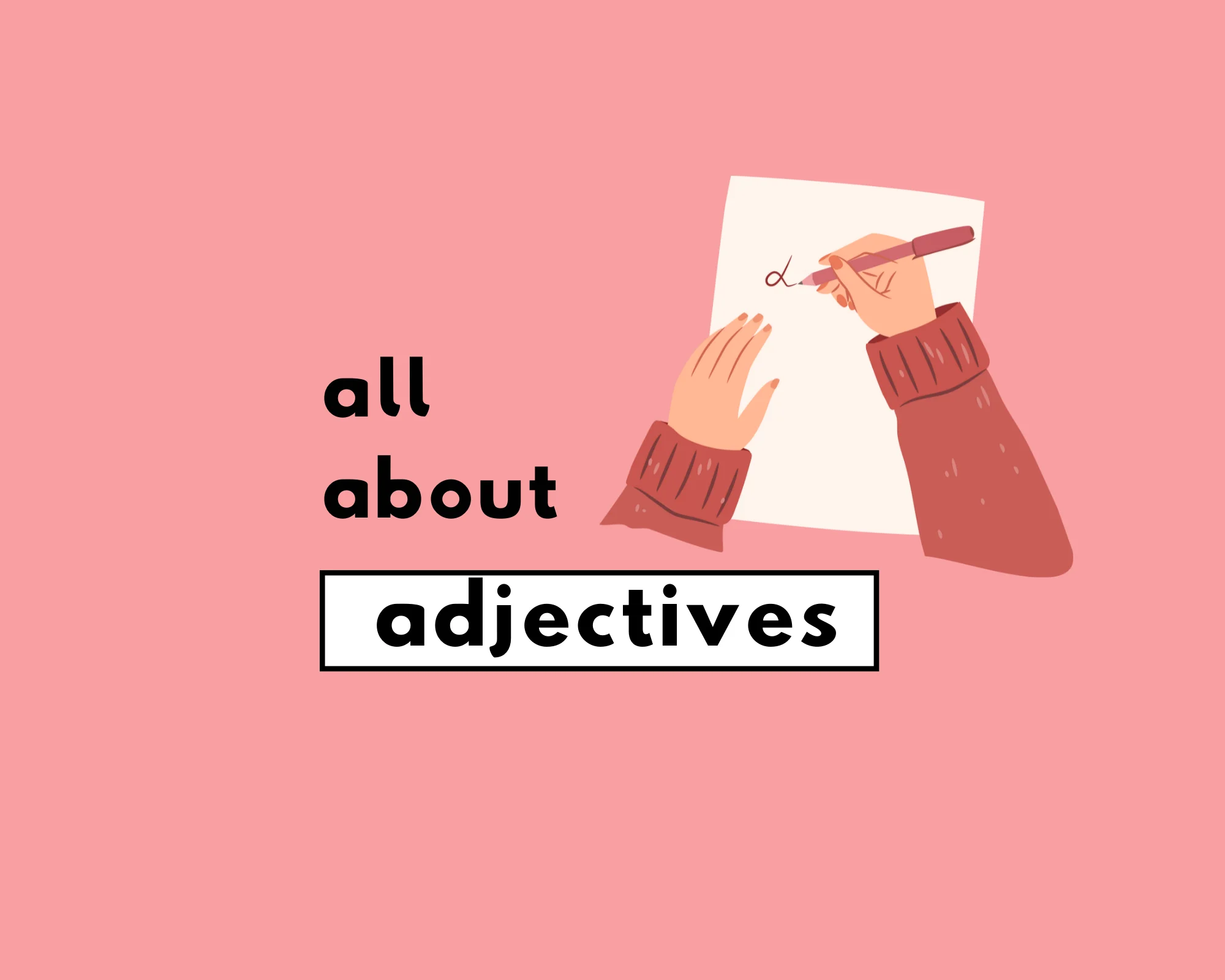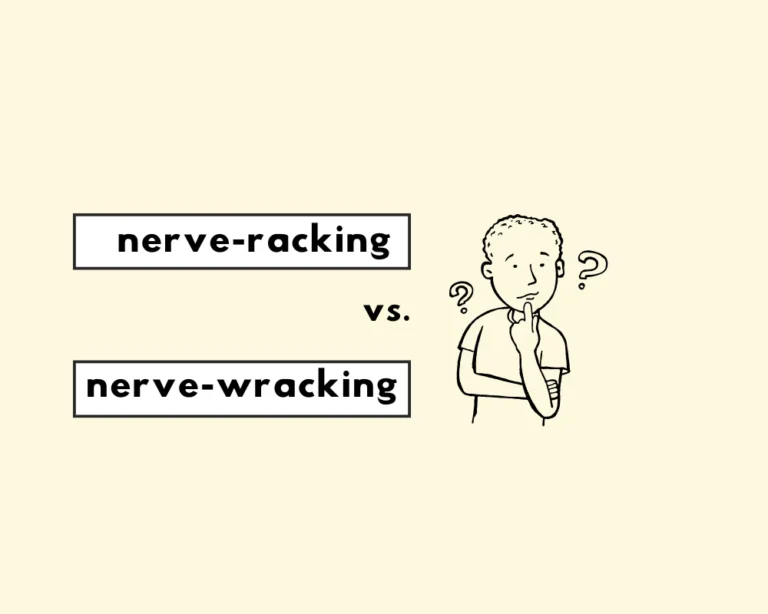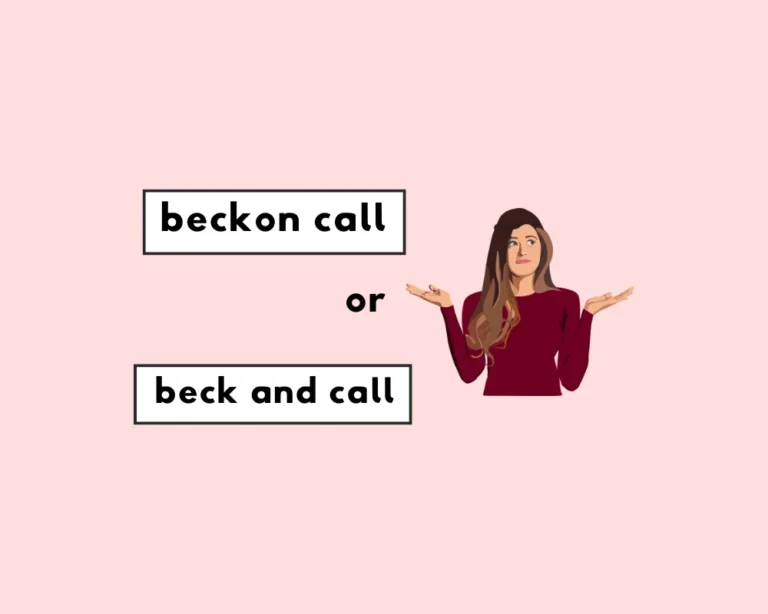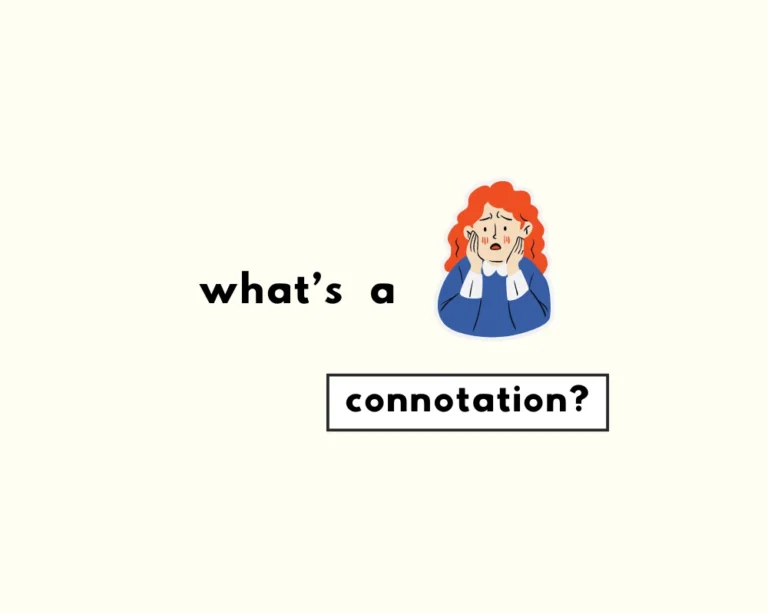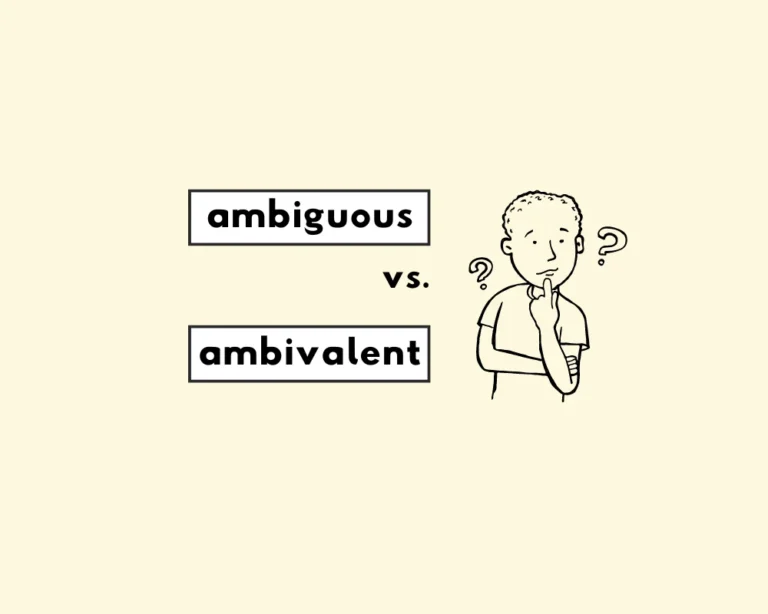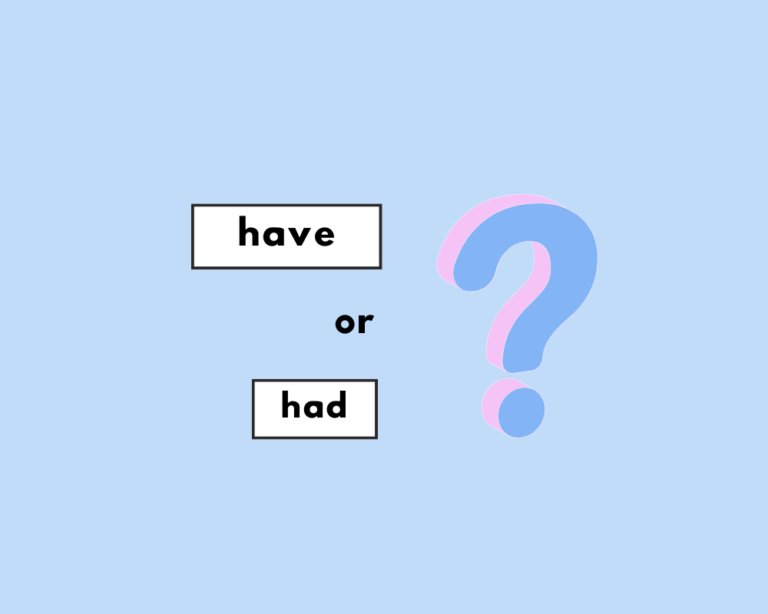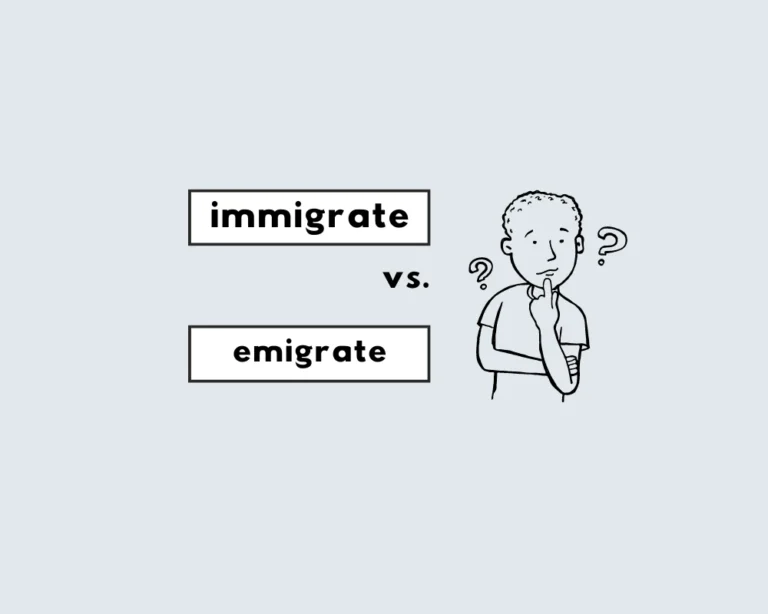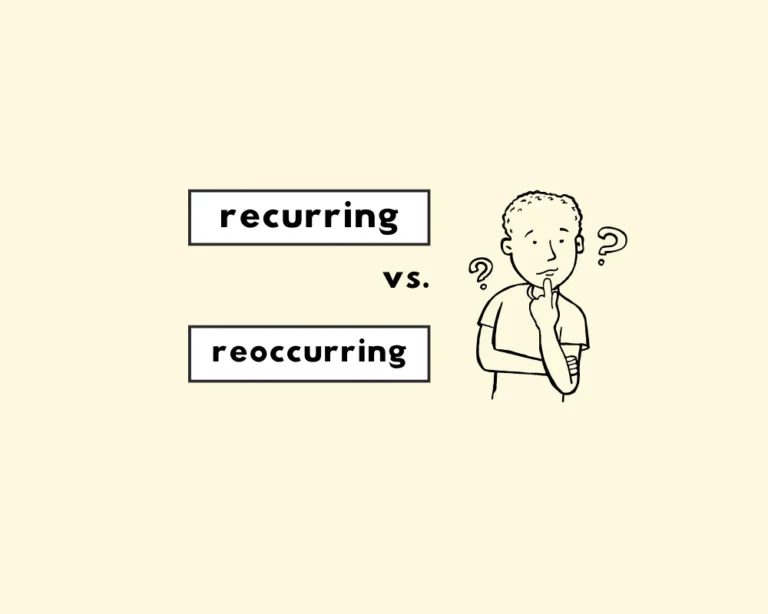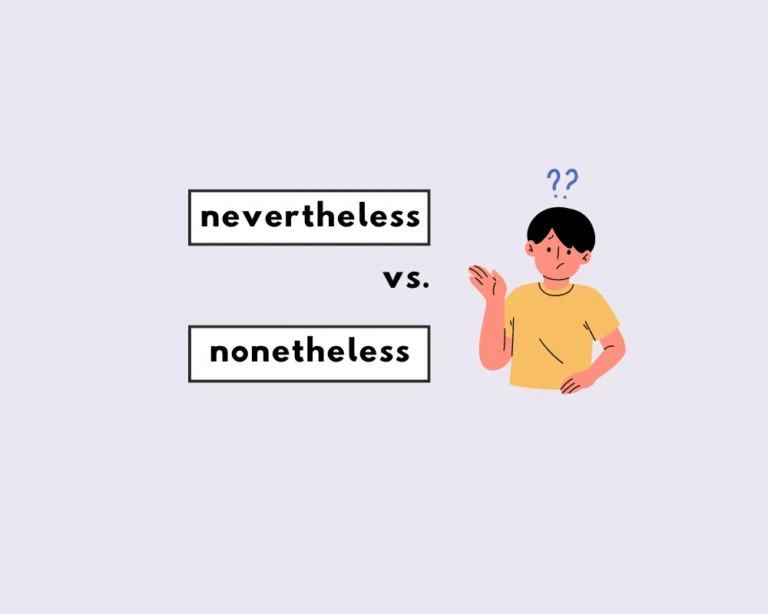Contents
Toggle
What’s an adjective?
Adjectives are describing words that modify nouns in some way, shape or form. They’re an essential pillar of language, and English would be insufferable (adj.) without the timeless adjective. They’re a main part of speech that builds language, so it’s worth your while to take the time to learn about them and how they work in grammar.
‘Evan Peters is handsome,’ and my celebrity crush (this is true). Also, an example of an adjective at work in a sentence.
The dictionary defines adjectives as: “Any member of a class of words that modify nouns and pronouns, primarily by describing a particular quality of the word they are modifying, as wise in ‘a wise grandmother.” Adjectives are an extensive category of speech, with thousands of words that count as adjectives. Since adjectives are varied, and cover a wide scope of language, there are different types of adjectives that help better identify their specific role/s and function in speech.
Types of adjectives
Descriptive adjectives
Also called adjectives of quality, descriptive adjectives point out or describe the kind of qualities or traits a person, place, or thing may possess:
1. Rome is a majestic city.
2. He is an earnest man.
3. She put in a sincere effort.
In each example above, the adjectives ‘majestic,’ ‘earnest,’ and ‘sincere,’ all describe the noun as containing some element of that quality or trait. While it might not seem like it, these adjectives modify the noun by telling us more information about them, and describing their qualities or characteristics.
Proper adjectives
Proper adjectives are simply the adjectival form of proper nouns.
1. Juan is Spanish.
2. This is an English grammar website.
3. Let’s go to the Chinese restaurant for dinner tonight.
Spain is a proper noun and name of a country, and therefore requires a capital letter (always!) People that hail from Spain are Spanish, and to describe a person as Spanish is to use a proper adjective. Proper adjectives, like proper nouns, always require capitalization, and are just the adjective form of a proper noun.
Quantitative adjectives
Adjectives of quantity, or quantitative adjectives describe how much or little of some thing is being referenced:
1. I ate some of my dinner.
2. There is little time to prepare.
3. You didn’t eat any of your dinner!
While quantitative adjectives point out an amount or quantity of something, they are not the same as number adjectives, or numeral adjectives.
Numeral adjectives
Numerals describe ‘how many?’ there are of something. Numerals sometimes points out the order or position (first, second, third.) Number adjectives fall into two types: ordinals and cardinals.
Cardinals are numeral adjectives that point out an exact or definite number: one, two, three, four. Ordinals identify position or rank: first, second, third, and fourth. Cardinals point out an exact number or amount, where ordinals specify the order or position of something in a series. Ordinals typically end in either -st ,-th, -rd.
Demonstrative adjectives
Demonstrative adjectives point out specific things, and tell us which or what thing is being referenced in the sentence:
1. That actor is my soul mate (Evan Peters)
2. That’s her mother standing over there.
3. Those are my shoes.
4. That road yonder is the one to take.
Yonder also works as a demonstrative adjective! In case anyone interested in the grammar of antiquity (who isn’t?) Also, those is the plural adjectival form of that.
Interrogative adjectives
There are only three interrogative adjectives: whose, what, and which. Interrogative adjectives are joined with nouns to pose a question:
1. Which book do you want?
2. Which way is it?
3. Whose book is this?
Comparisons vs. superlatives
Do you ever notice that people like comparing things? What part of language allows to draw comparisons? This is the function of comparisons vs superlatives: what’s the difference, and what’s the deal? See the illustration:
Adjective: Evan Peters seems humble. (base adjective)
Comparative: Evan Peters seems more humble than any of my exes.
Superlative: Evan Peters seems like the most humble guy in the universe.
Maybe it’s got something to do with being from Wisconsin; before we digress, what’s the difference between each of these statements?
The first sentence just says that Evan Peters has the quality of being humble (and handsome, another suitable adjective :P) Humble, modest, arrogant, obnoxious, are all adjectives, and each has a comparative and superlative form.
The base adjective mentions the trait or quality: humble, handsome, and talented. Comparisons compare the amount or how much of that quality the subject has, relative to something or someone else:
1. This grammar site is better than the rest on the entire World Wide Web.
2. She is smarter than he realizes.
3. This house is bigger than the last we saw.
Superlatives make a bold claim: they say the degree or extent to which something possesses some quality or trait: ‘she’s the most compulsive liar of anyone I know.’ For the most part, superlatives end in -est, where comparatives take on the -er suffix. Here’s a chart, for demonstration purposes:
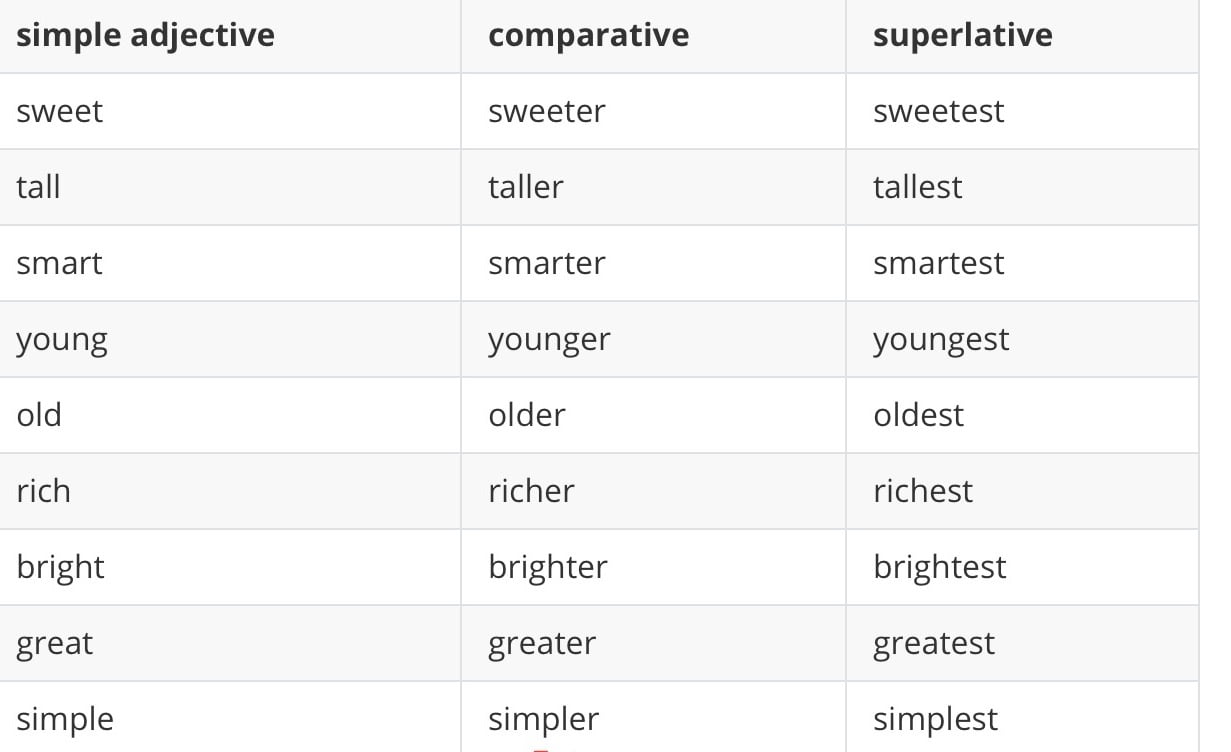
Learn about other parts of speech
- What Are Pronouns? (First, Second, and Third)
- Types of Verbs (Modal, Stative, Infinitives and Transitives)
- Parts of Speech (Nouns, Adjectives, Prepositions)
- What’s an Adverb? (Types of Adverbs)
- When to Use ‘A’ or ‘An’ (What’s an Article?)
- Types of Nouns (Common, Proper, Abstract, and Concrete)
Sources

